At Greystone Wines, the winemaking process starts among the vines.
In the middle of their Waipara Valley vineyard, juicy pinot noir grapes are poured into a large vessel then left to ferment with wild yeasts for four weeks.
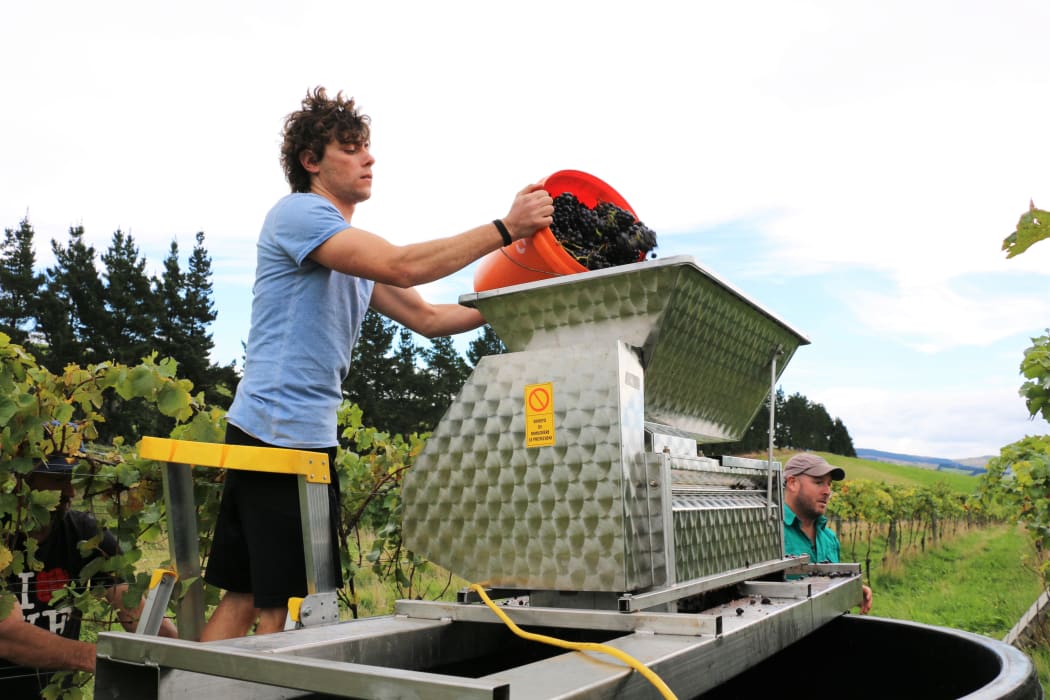
Photo: Cosmo Kentish-Barnes
The aim is to let the grapes ferment to the rhythm of the season, says winemaker Dom Maxwell.
"Normally when you pick [grapes] you've made a decision, the fruit's gone and that's your cut-off point, but by incorporating the fermentation out in the vineyard, the season's got another month to speak."
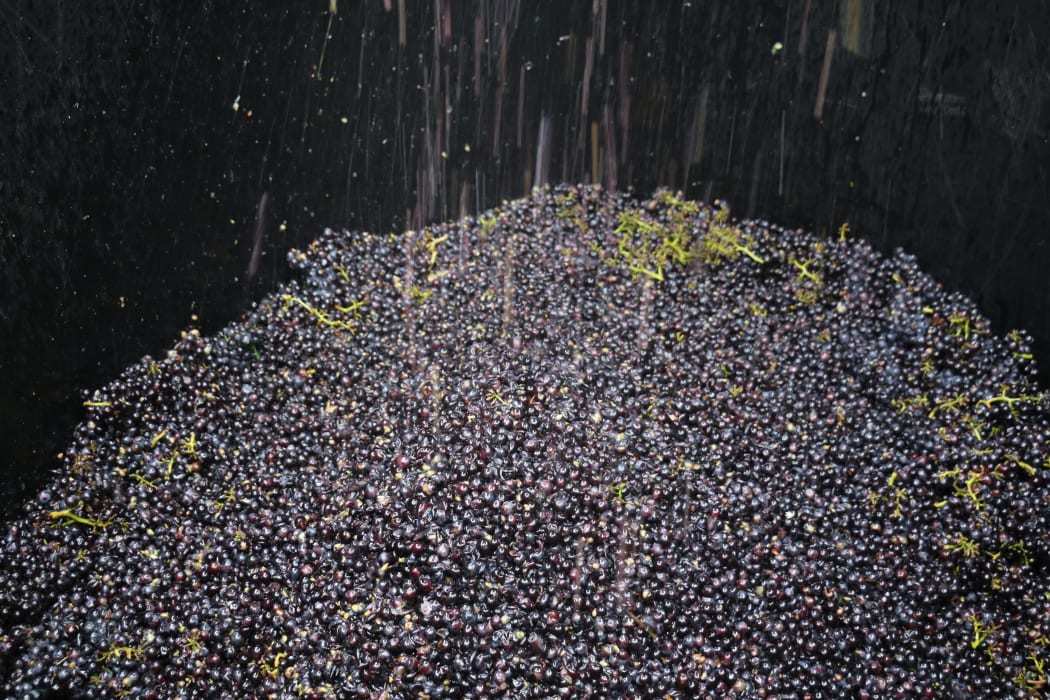
Photo: Cosmo Kentish-Barnes
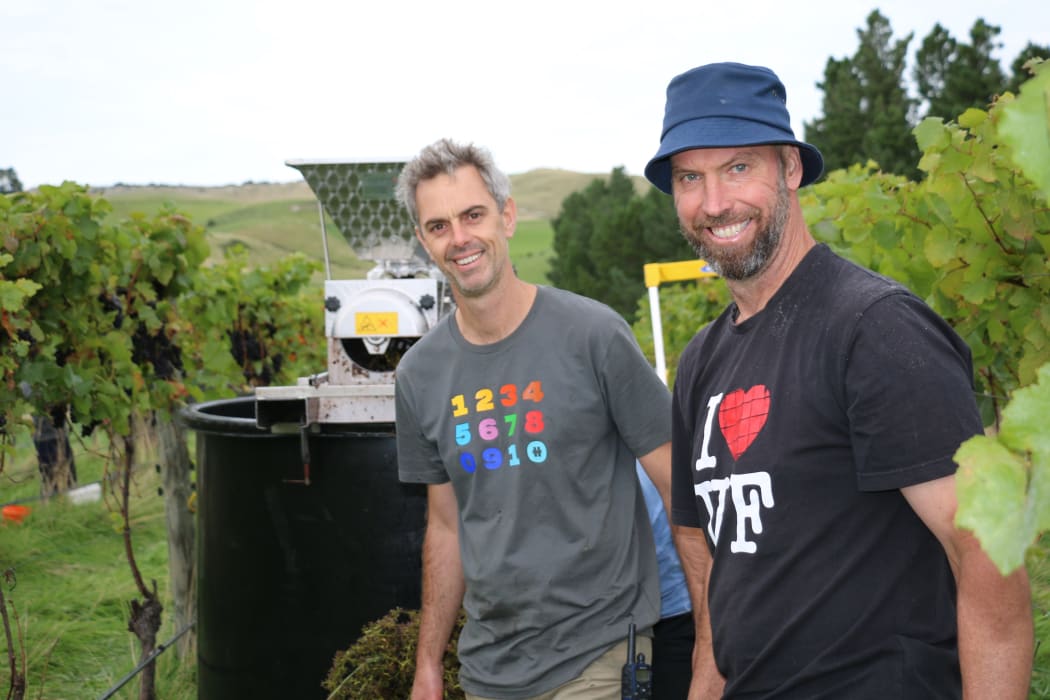
Dom Maxwell and Nick Gill beside the fermenting vessel Photo: Cosmo Kentish-Barnes
Greystone's general manager, Nick Gill, says he and Dom have worked together at the sheep farm turned winery since 2004.
"I had a bit more hair back then and he wasn't quite as silver, but yeah, we planted the vines and have been making wine together over all those years."
Now, the 50-hectare vineyard has organic certification and to keep the grass down, sheep have replaced tractors.
They also diligently munch through a second course of cover crops that are planted under the rows, explains viticulturist Mike Saunders.
"Things like chicory, plantain, sunflowers, lupins and lentils as well as tick (faba) beans."
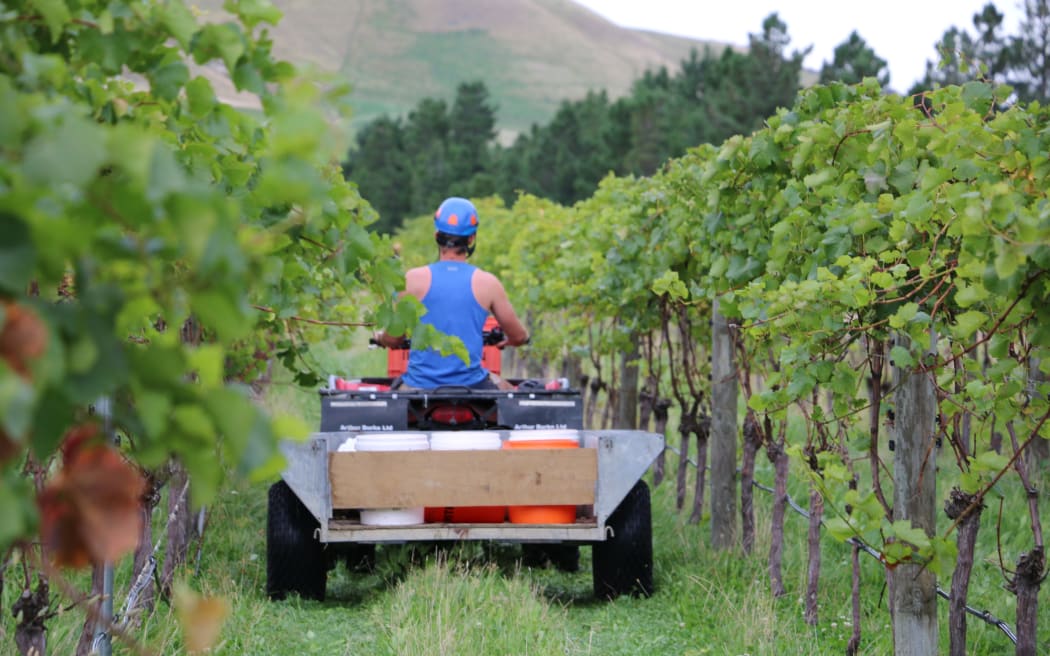
Liam Burgess takes the grapes to the fermenter Photo: Cosmo Kentish-Barnes
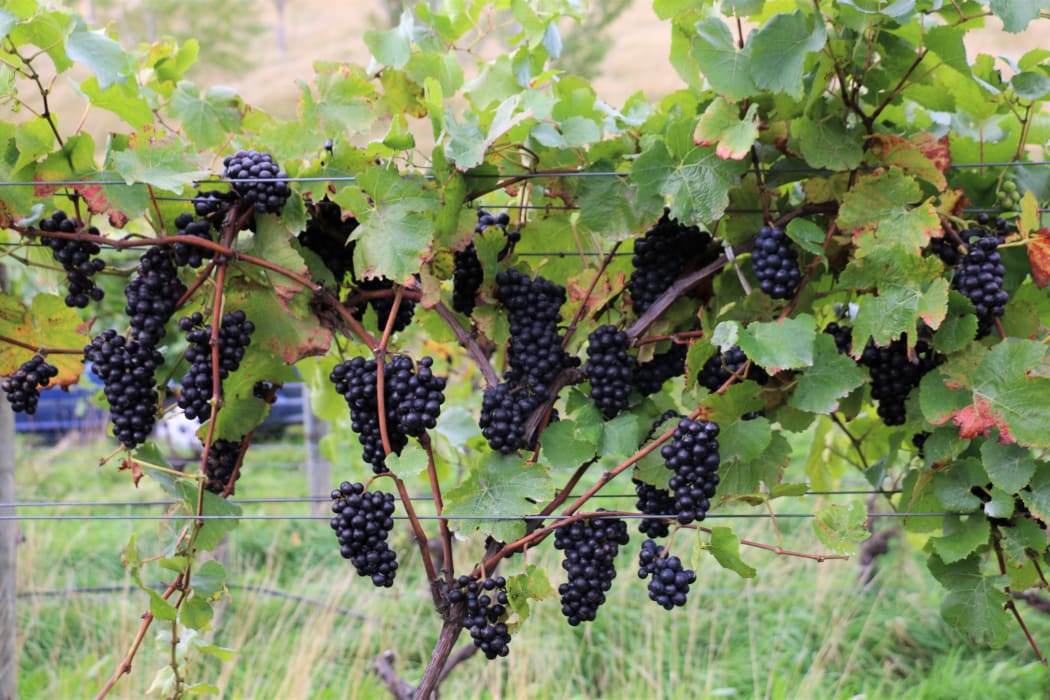
Photo: Cosmo Kentish-Barnes
The idea of starting to ferment grapes right in the rows where they're grown dates back to 2012, Mike says.
"We didn't think too deeply about it, which is our speciality.
"The first year it took 12 days to start fermenting, so we were a bit dubious as to what was going to happen!"
Even though it was a cold vintage that year, meaning the fruit took a long time to warm up, it all worked out okay.
Contrast that with Greystone's 2016 season when the days were warmer and fruit started fermenting within 24 hours.
"That's one of the things we've grown to love ... that seasonal influence, the weather having a big part to play in the fermentation, and therefore the characters of the wine," Dom says.
Greystone's laissez-faire style of making 'minimum interference' wines has received serious acclaim.
Their 2017 Vineyard Ferment Pinot Noir was chosen as one of the top 100 wine discoveries by world-leading wine authority Robert Parker.
Prizes mean more to the people who buy Greystone wines than those who make them, Rob says.
"We just want to follow our own path with this wine, and we like the story we're telling with it.
"I guess if other people are enjoying it, that's ideal."
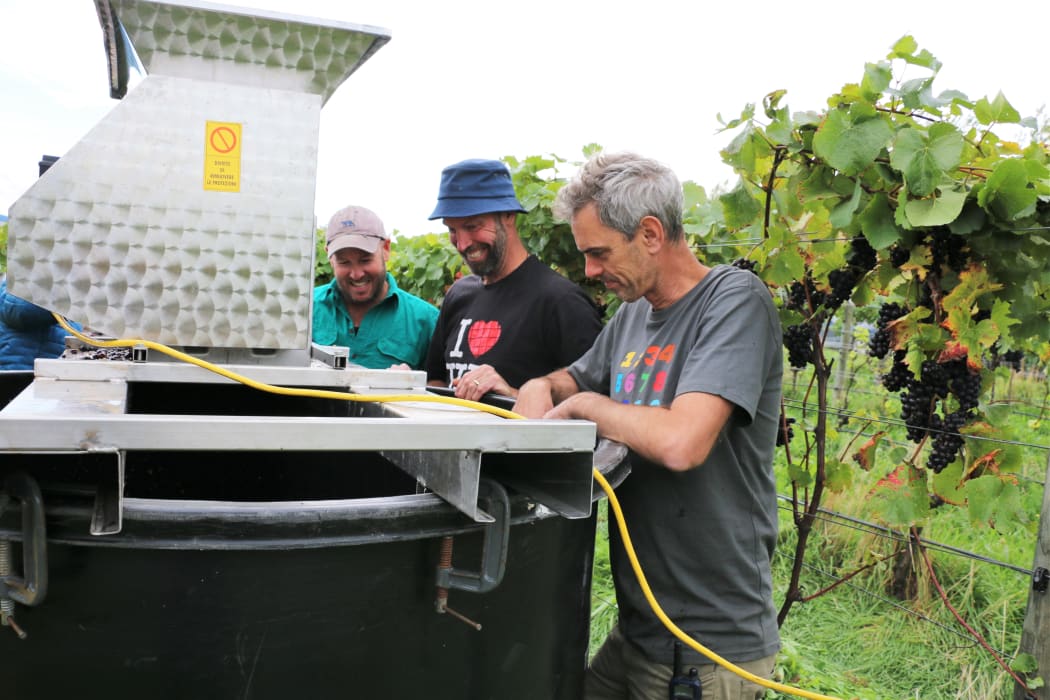
Mike Saunders, Nick Gill & Dom Maxwell Photo: Cosmo Kentish-Barnes
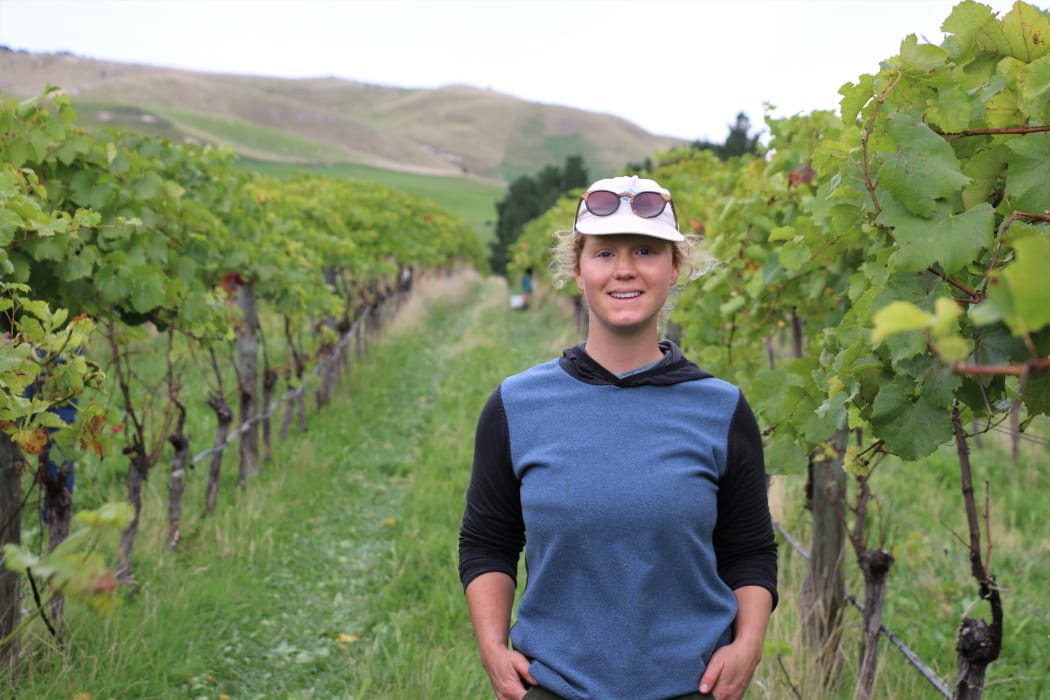
Vineyard intern Lizzie Holiman Photo: Cosmo Kentish-Barnes
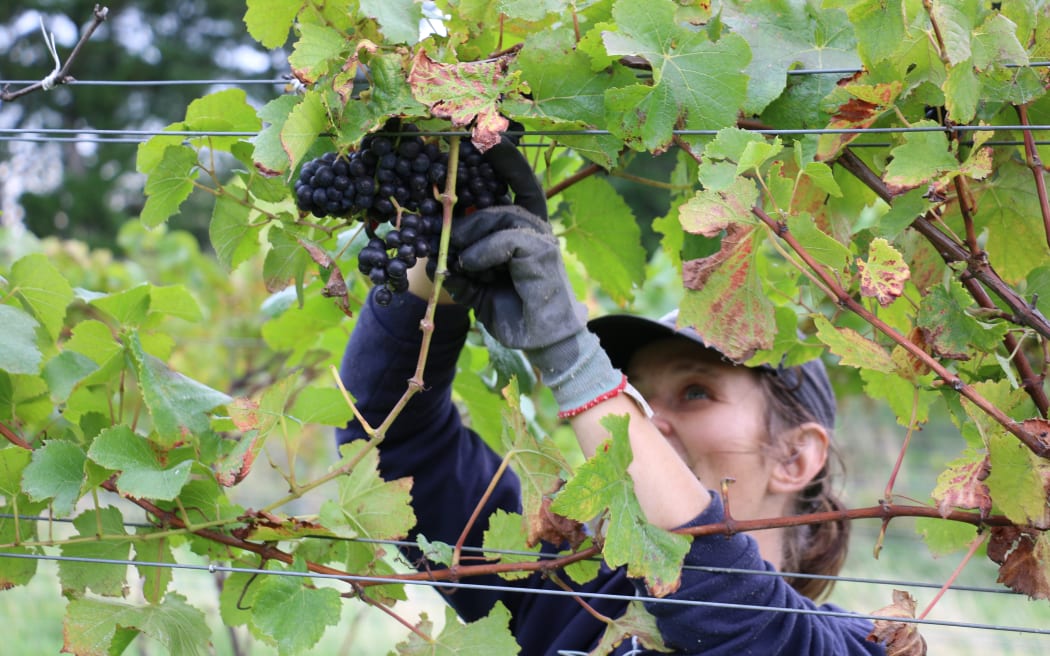
Photo: Cosmo Kentish-Barnes
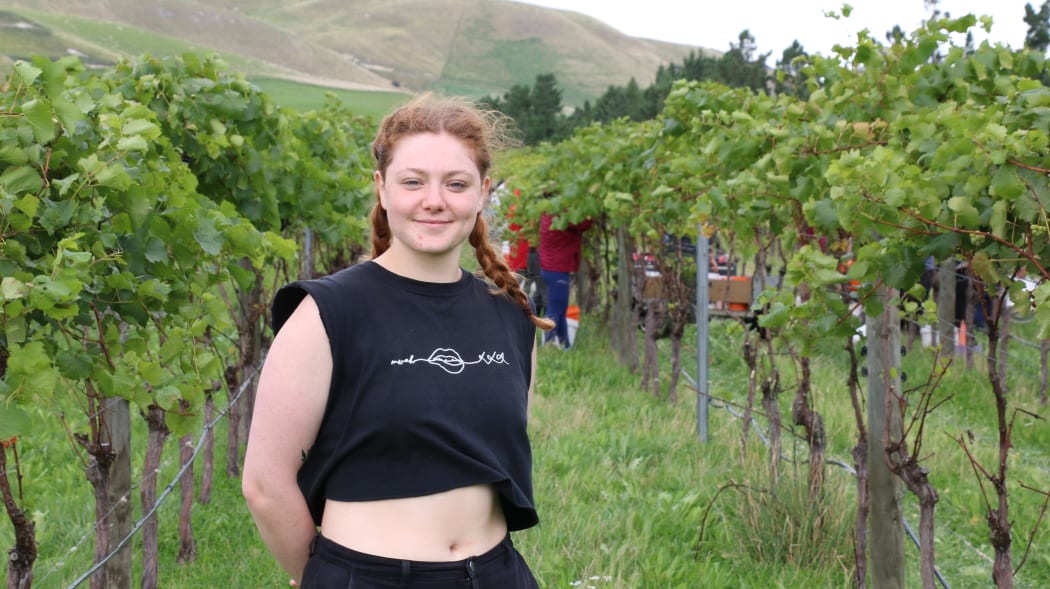
Lucia Gregory Photo: Cosmo Kentish-Barnes
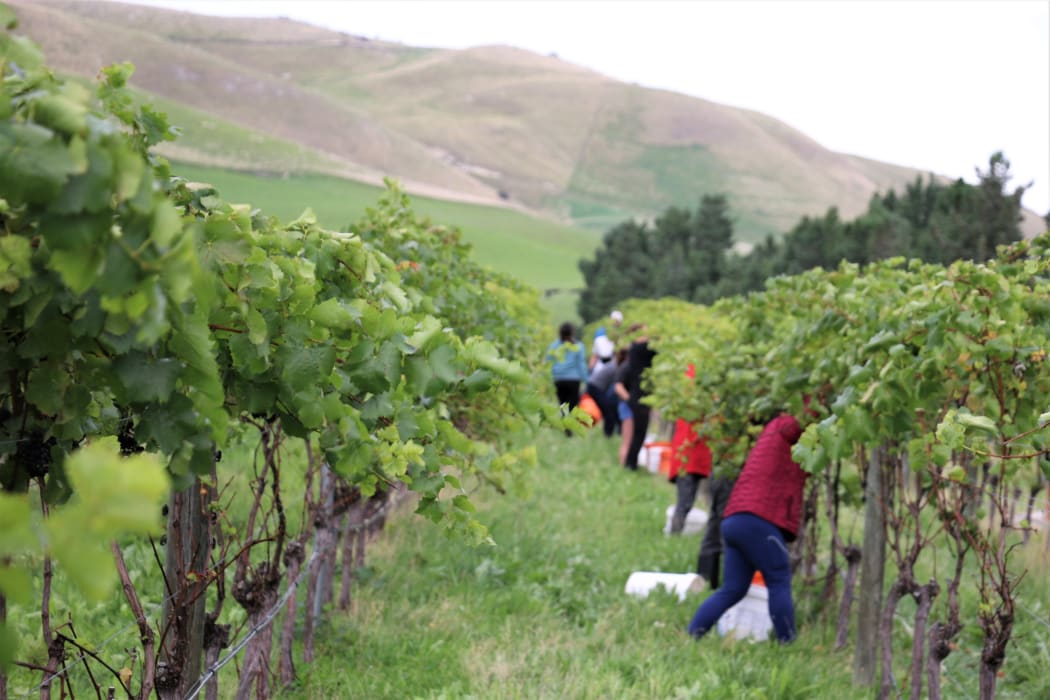
Photo: Cosmo Kentish-Barnes
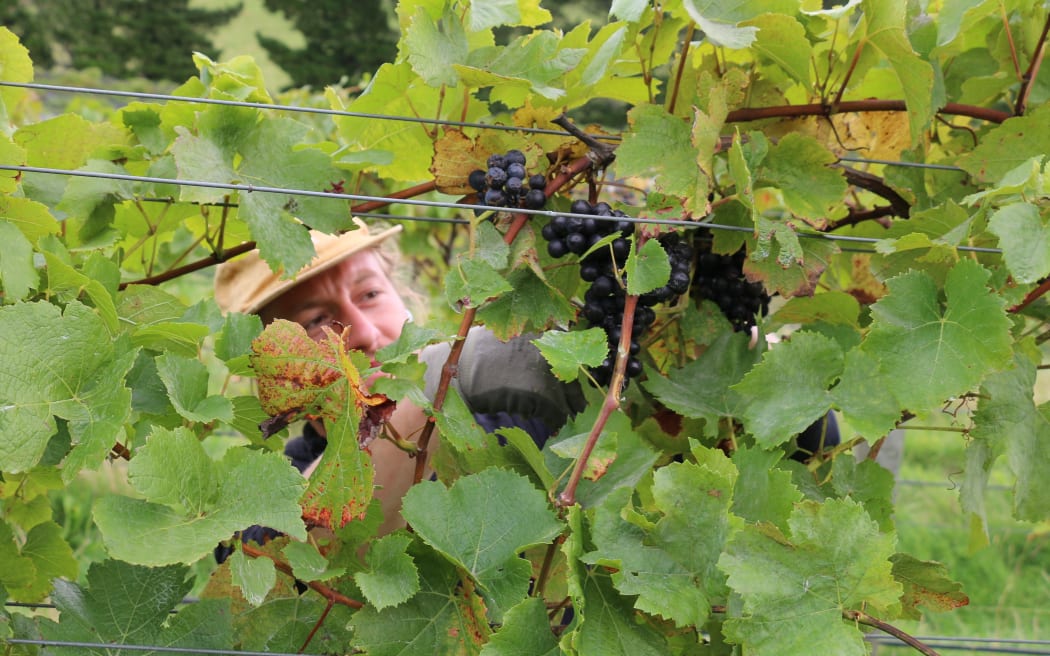
Photo: Cosmo Kentish-Barnes
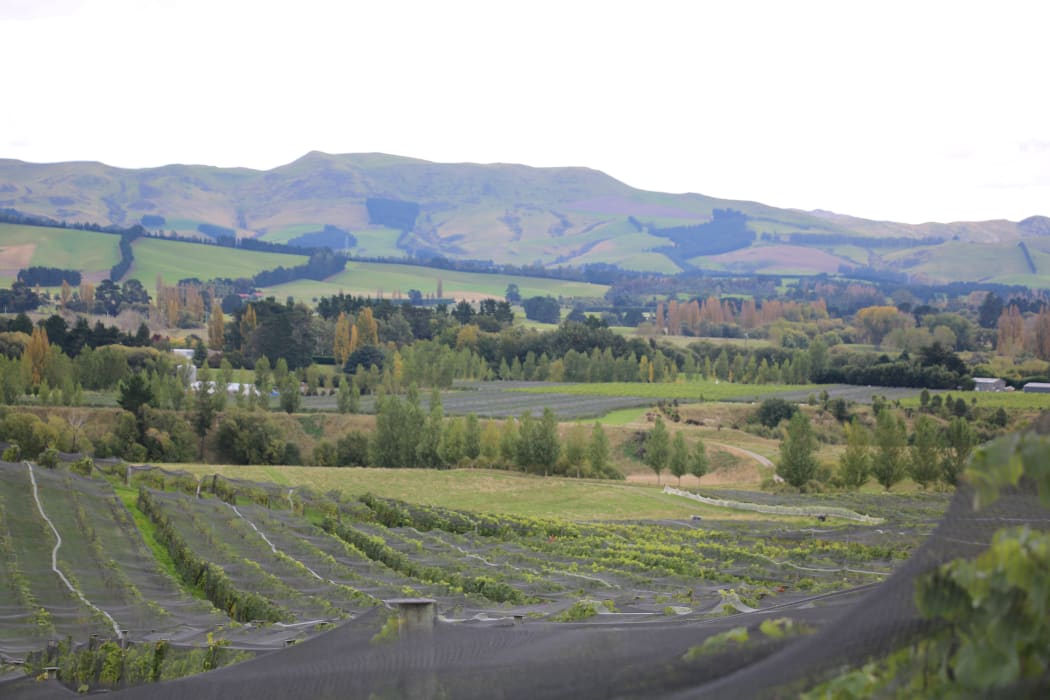
Photo: Cosmo Kentish-Barnes


